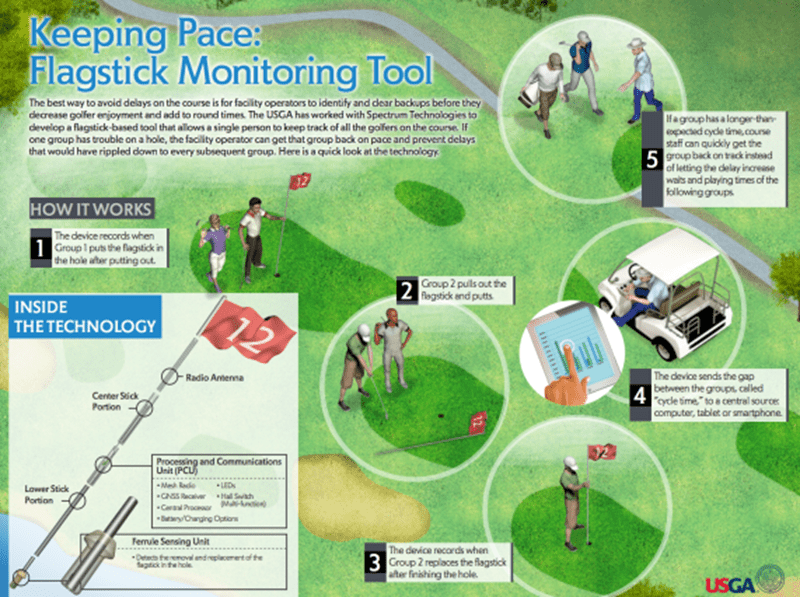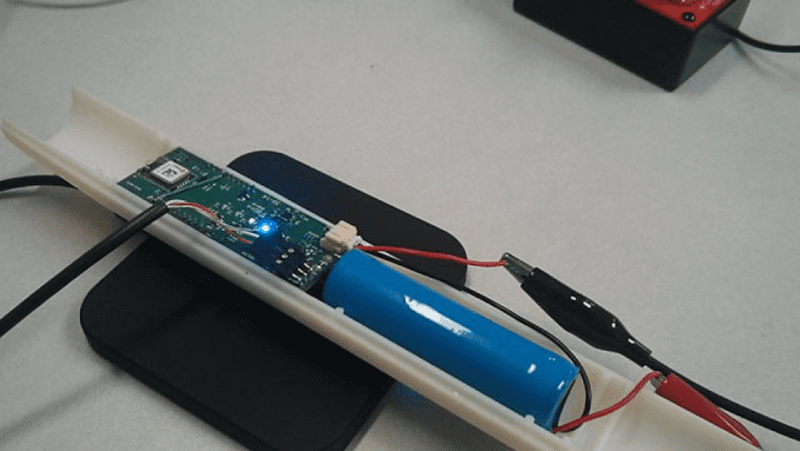The next interview in the Grow the Game Initiative series was with Rand Jerris, the Senior Managing Director of Public Services for Public Services for the United States Golf Association. He oversees many of the key functions of the USGA including facilities management, Green Section, philanthropy and grants, strategic and operational planning, and the USGA Museum. I was very impressed with the depth and breadth of his knowledge about a variety of golf topics.
What is the USGA doing to improve the pace of play?
Research showed that pace of play is an important factor not only in people’s enjoyment of the game, but also in influencing the more fundamental decision of whether or not to play golf. We realized as a governing body that we had the responsibility of taking this issue head on. It is not like pace of play is a new issue; it has been an issue for as long as the game has been played.
The problem was that there was no real research with any academic rigor had ever been done. What we found was a lot of anecdotes and subjectivity about what were the causes of slow play and what the potential solutions are. For many years when we talked about this issue, the phrase we used was “slow play” and by framing it that way we blamed the golfer.
When we started to apply engineering principles or mathematical principles, we realized that in order to enable fewer delays and shorter rounds, the decisions that are made in the design, maintenance and management of the golf course are as important as the role of the player. When we went through this process of creating the mathematical model around the pace of play, what came out of that was that there are three variables you need to control. One of the most important variables is cycle time. It is defined as the amount of time between each group of golfers to complete the hole.

We are working on creating a technology solution, known as the Flagstick Monitoring Tool, which can precisely measure when the flagstick comes out of the hole and goes back into the hole. The flagstick then transmits data to a central location where one operator can monitor the flow of play around the course in real-time. With this tool, we can start to see delays on the course and proactively get out to that location and manage the situation before it develops into a real problem.
The Flagstick Monitoring Tool is both a diagnostic tool and an active management tool. In addition to identifying the bottlenecks on the course, it can measure the impact of course setup decisions on a daily basis. Preliminary tests indicated that increasing the speed of the greens from 9 to 10 on the Stimpmeter resulted in a 12-minute difference (slower) in the pace of play.

Golf courses can also look at the impact of various hole locations such as the effect of tucking a pin in the back left corner versus the center of the green. By using the Flagstick Monitoring Tool we now have a scientific manner to measure those changes and golf course operators will be able to make informed decisions on which course setup combinations optimize pace of play and improve the overall playing experience of the players.
We are still in the development stage of the Flagstick Monitoring Tool and we will continue to test it this fall in major amateur and professional events. Our goal is to have the Flagstick Tool available for broader distribution in 2016. Golf courses will have the option of leasing the flagsticks and the system as a diagnostics tool or buying the system as a year-round management tool.
*Golf Business Monitor found several other solutions that can help golf clubs to improve pace of play:
In addition to this, it is worth to mention Troon‘s initiative to improve pace of play on golf courses and the R&A‘s Global Pace of Play Survey.
